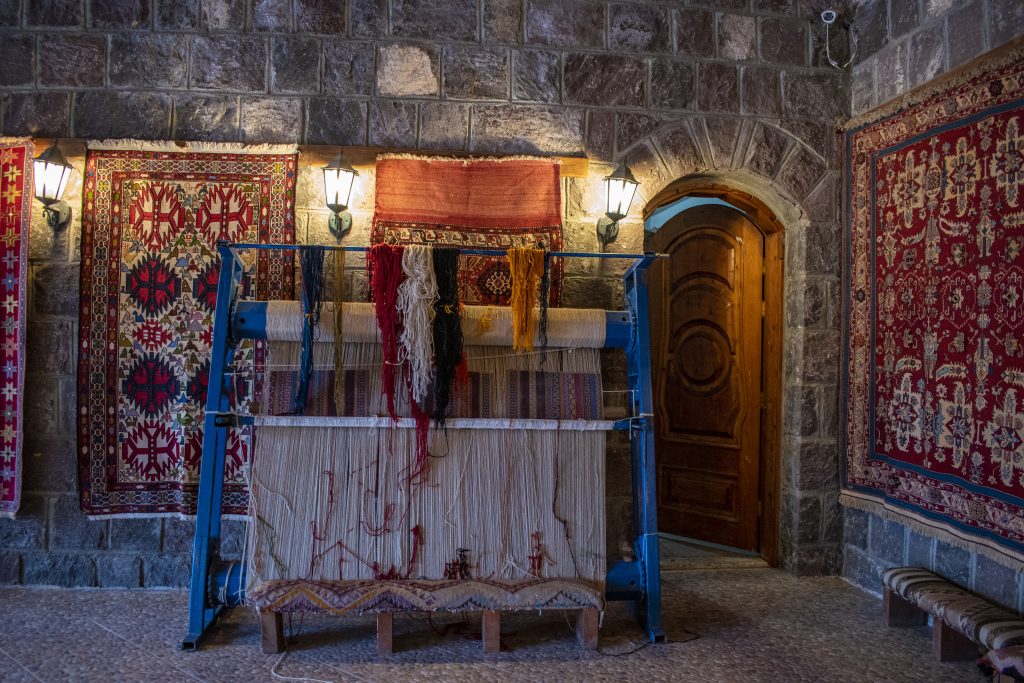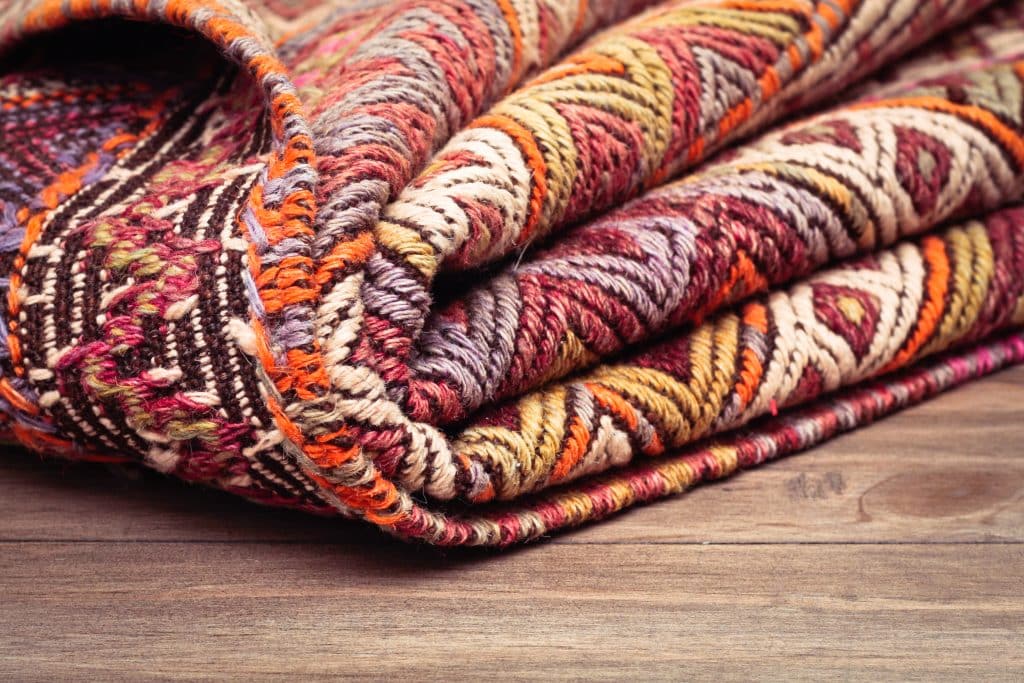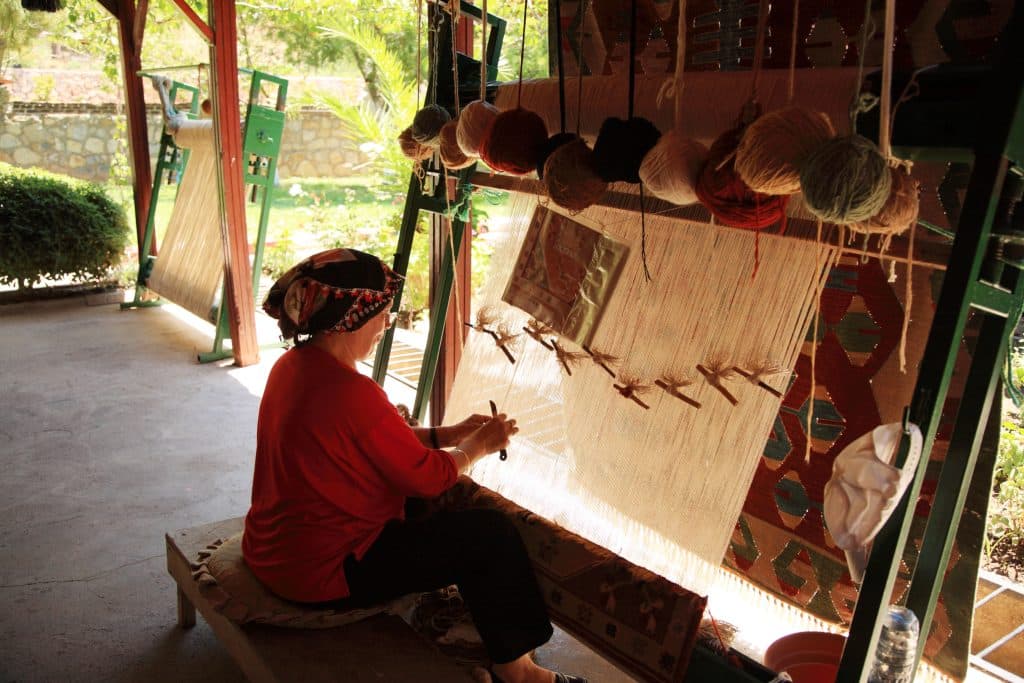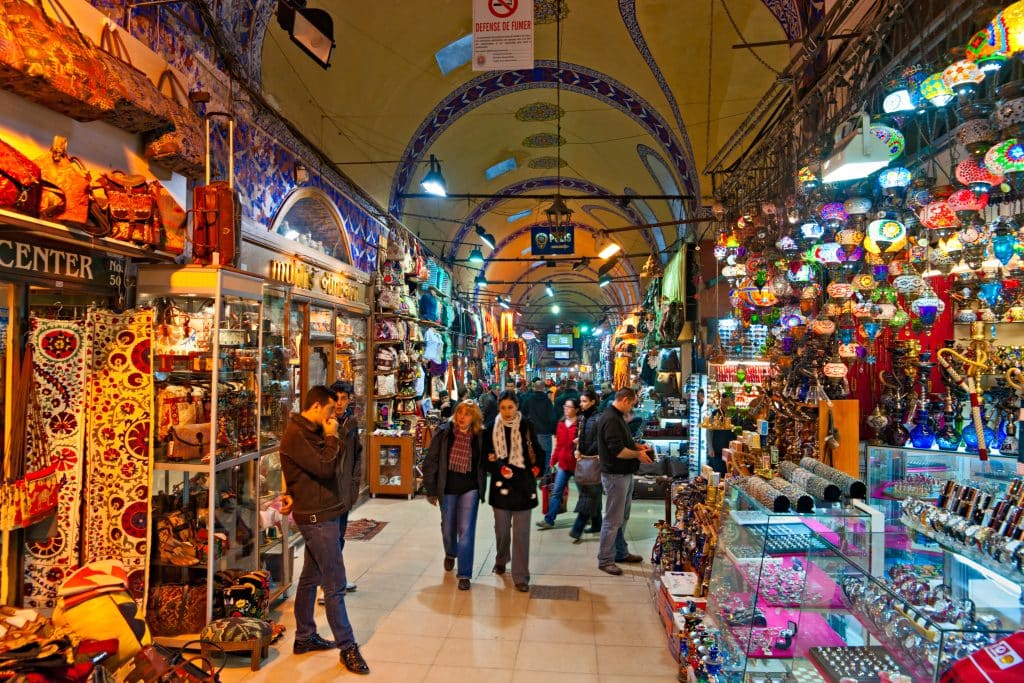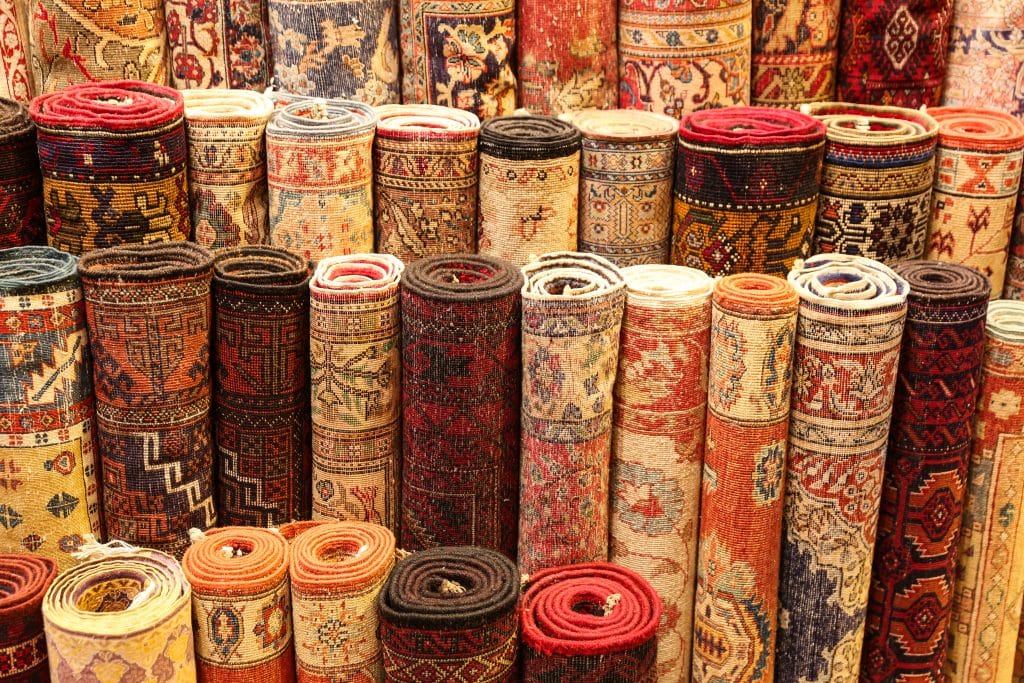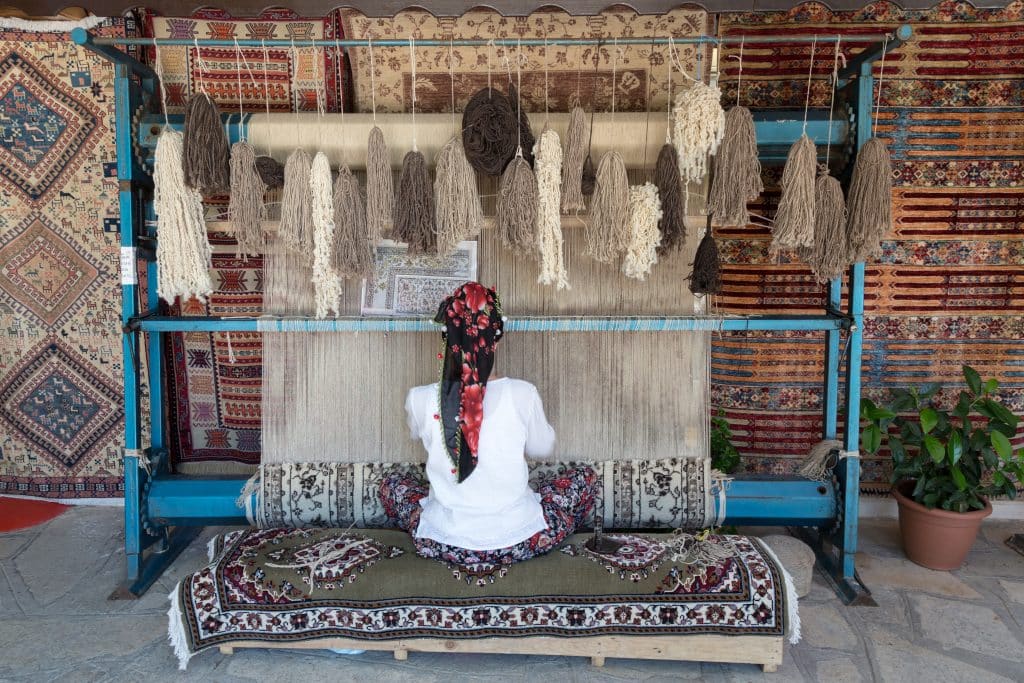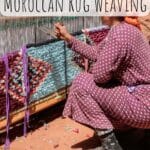A Brief History of Rugmaking in Turkey
The art of rugmaking in Turkey is a rich tapestry of history, culture, and craftsmanship that has woven its way through centuries, leaving a lasting mark on both the artistic world and the cultural heritage of the country. Turkish rugs, known for their intricate designs, vibrant colors, and impeccable craftsmanship, have captured the imagination of people worldwide. In this article, we will delve into the historical origins of rugmaking in Turkey, explore its cultural significance, and examine how this ancient art form has continued to thrive and evolve into the modern day.

Ancient Origins
The roots of Turkish rugmaking can be traced back over a thousand years, with evidence of rug fragments dating as far back as the 7th century AD. The exact origins of this craft are shrouded in history, but it is widely believed that the art of rugmaking in Turkey was influenced by a blend of cultural and historical factors.
One significant influence was the migration of Turkic tribes from Central Asia into Anatolia during the Middle Ages. These nomadic people brought with them their weaving traditions and techniques, which merged with the existing textile traditions of the region. Over time, this fusion of cultures gave rise to a distinct style of rugmaking that would become uniquely Turkish.
Cultural Significance
Rugmaking in Turkey is more than just a craft; it is a reflection of the country’s cultural heritage and identity. Turkish rugs are often imbued with symbolism and motifs that tell stories of the past. The artistry and craftsmanship involved in creating these rugs are deeply intertwined with the cultural values of hospitality, family, and community.
One of the most iconic types of Turkish rug is the “kilim,” a flat-woven rug known for its geometric patterns and vibrant colors. Kilims have been used for centuries as both functional floor coverings and decorative pieces. In Turkish culture, these rugs are often given as gifts to celebrate weddings, births, and other significant life events, symbolizing good luck and protection.
The intricate designs found on Turkish rugs are not just beautiful; they also hold cultural significance. Many patterns are inspired by nature, with symbols like the tree of life representing the interconnectedness of all living things. The use of certain colors, such as red and blue, can symbolize love, protection, and spirituality.
Turkish Rugs in History
Throughout history, Turkish rugs have played a role in trade, diplomacy, and cultural exchange. The Silk Road, a network of ancient trade routes, passed through Anatolia, making it a hub for commerce and cultural exchange. Turkish rugs became highly sought-after commodities, treasured for their quality and artistry.
During the Ottoman Empire, which spanned over six centuries, Turkish rugs reached the zenith of their popularity and craftsmanship. The Ottomans established royal workshops where master weavers created exquisite rugs for the court and the nobility. These rugs often featured intricate floral motifs, arabesques, and geometric patterns. Some famous examples include the Topkapi Palace rugs, which are still on display in Istanbul today.
Modern Evolution
In the modern era, Turkish rugmaking has adapted to changing times while preserving its core traditions. The industrial revolution brought mechanized looms and synthetic dyes, allowing for greater efficiency and consistency in production. While machine-made rugs have become more common, handmade Turkish rugs continue to be highly valued for their quality and craftsmanship.
The Turkish government has also played a role in preserving and promoting the art of rugmaking. Various initiatives and programs support artisans and encourage the continuation of traditional techniques. Additionally, Turkish rugs have found a global market, with collectors and enthusiasts appreciating their beauty and cultural significance.
Where can I experience the art of rugmaking in Turkey in person?
If you’re interested in learning about Turkish rugmaking in person and viewing these exquisite works of art, you have several options. Turkey is home to many museums, galleries, and cultural institutions that showcase Turkish rugs and provide educational experiences. Here are some places you can visit:
Istanbul: As Turkey’s largest city and a cultural hub, Istanbul is home to several museums and places where you can learn about Turkish rugmaking. The Istanbul Museum of Turkish and Islamic Arts (Istanbul Türk ve Islam Eserleri Müzesi) has an extensive collection of rugs and textiles. The Istanbul Carpet Museum (Istanbul Halı Müzesi) is another great destination specifically dedicated to rugs.
Topkapi Palace, Istanbul: Topkapi Palace, a historic palace complex in Istanbul, is not only an architectural wonder but also houses an impressive collection of antique Turkish rugs. You can explore these beautifully preserved rugs as part of your visit to the palace.
Goreme, Cappadocia: In the heart of Cappadocia, you can find many shops and galleries that sell traditional Turkish rugs, including the famous Cappadocian carpets. You can also visit workshops where you can watch the art of rugmaking in action.
Antalya: The Antalya Museum is known for its comprehensive collection of Turkish rugs and textiles. The museum provides a deeper understanding of the regional variations in rug patterns and designs.
Grand Bazaar, Istanbul: While the Grand Bazaar is a bustling market for shopping, it’s also a place to explore various types of Turkish rugs and carpets. You can see and purchase rugs, and many shop owners are knowledgeable about the art of rugmaking.
Private Galleries and Shops: Throughout Turkey, you’ll find private galleries and shops that specialize in Turkish rugs. These places often have a wide selection of rugs for sale and may offer educational insights into the history and craftsmanship.
Local Workshops: Consider visiting local rug workshops and studios in towns and cities known for rug production. This is a great way to witness the art of rugmaking firsthand and interact with artisans.
Cultural Festivals and Events: Keep an eye out for cultural festivals and events, especially in regions with strong rugmaking traditions. These events often feature exhibitions, demonstrations, and opportunities to meet artisans.
Rug Museums in Other Countries: If you’re unable to visit Turkey, you can still explore Turkish rugs at museums and galleries in other countries. Major cities with ethnographic and textile museums may have Turkish rug collections on display.
Remember that learning about rugmaking often goes beyond visual appreciation. Engaging with knowledgeable guides, artisans, and experts can provide valuable insights into the history, techniques, and cultural significance of Turkish rugs. Whether you’re an enthusiast, a collector, or simply curious about this beautiful art form, visiting these places will offer a rich and immersive experience.
The art of rugmaking in Turkey is a testament to the enduring power of culture and tradition. From its ancient origins to its continued relevance in the modern world, Turkish rugs have captured the hearts and minds of people worldwide. These intricate creations tell stories of history, culture, and craftsmanship, making them not just beautiful decor but also cherished symbols of Turkish heritage. As long as there are skilled weavers and appreciative admirers, the legacy of Turkish rugmaking will continue to thrive, preserving the art for generations to come.
